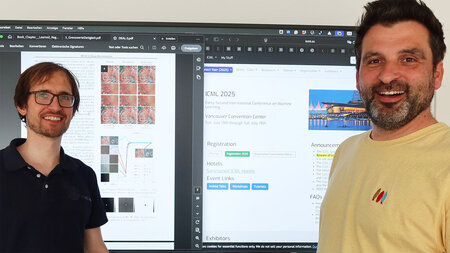|
|
Prof. Dr. Vladimir ShikhmanTelefon:
+49 371 531 36149
Raum:
Reichenhainer Str. 41, Zimmer 728
Sprechzeit:
nach Vereinbarung
|
Economic Equilibrium Analysis:
The main research interest is settled within the area of computational economics, including market and game-theoretic analysis. In particular, the economic systems governed by equilibria are studied. The behavior of system’s agents is often driven by optimizing with respect to their own strategy. Additionally, the particular design of a system coordinates the agents’ behavior. The coordination may evolve from the pursuing of common wealth, resembling hierarchies or preventing the system’s crackdown by the violation of essential restrictions. This eventually leads to an equilibrium state of a system. As the main tool of theoretical and practical studies the algorithmic approach is developed. Tractable price dynamics and algorithmic behavior of market participants are addressed using efficient numerical schemes from operations research. Computational aspects of finding economic equilibria become relevant in the framework of convex optimization.
- Generalized Nash equilibrium problems
- Bilevel optimization
- Partial / general market equilibria
- Discrete choice models
Nonsmooth Optimization:
The structural treatment of nonsmoothness in optimization is another crucial topic of my research. The appearance of nonsmooth structures is due to the intrinsic feature of parametric optimization: optimal value functions and sets of optimal solutions naturally exhibit nonsmoothness. As the main tool of theoretical studies the topological approach is developed. The latter encompasses the critical point theory in the sense of Morse, and the topological properties of corresponding feasible sets governed by equilibria (such as stability or homeomorphy type). The structural analysis of equilibria involve deep ideas from singularity theory. Whereas, genericity aspects are treated by Thom’s transversality theory. The mathematical tools come mainly from variational and nonsmooth analysis, as well as from algebraic topology.
- Mathematical programs with complementarity / vanishing / switching / orthogonality constraints
- General semiinfinite programming
- Nonlinear semidefinite programming
- Cardinality-constrained optimization problems






